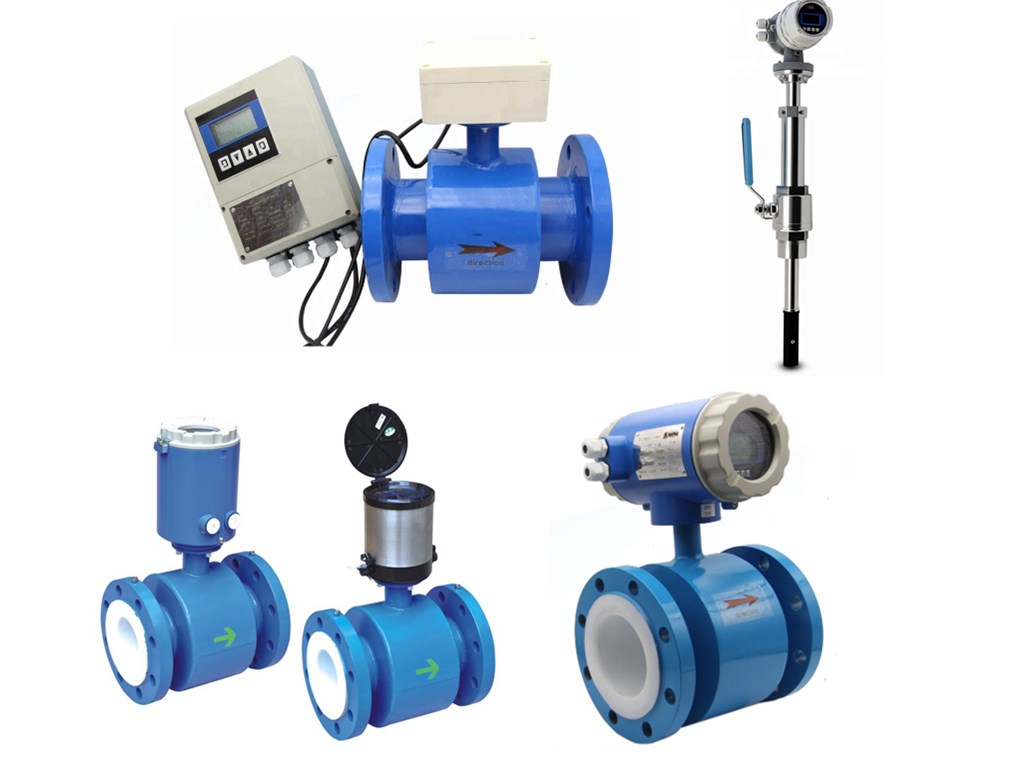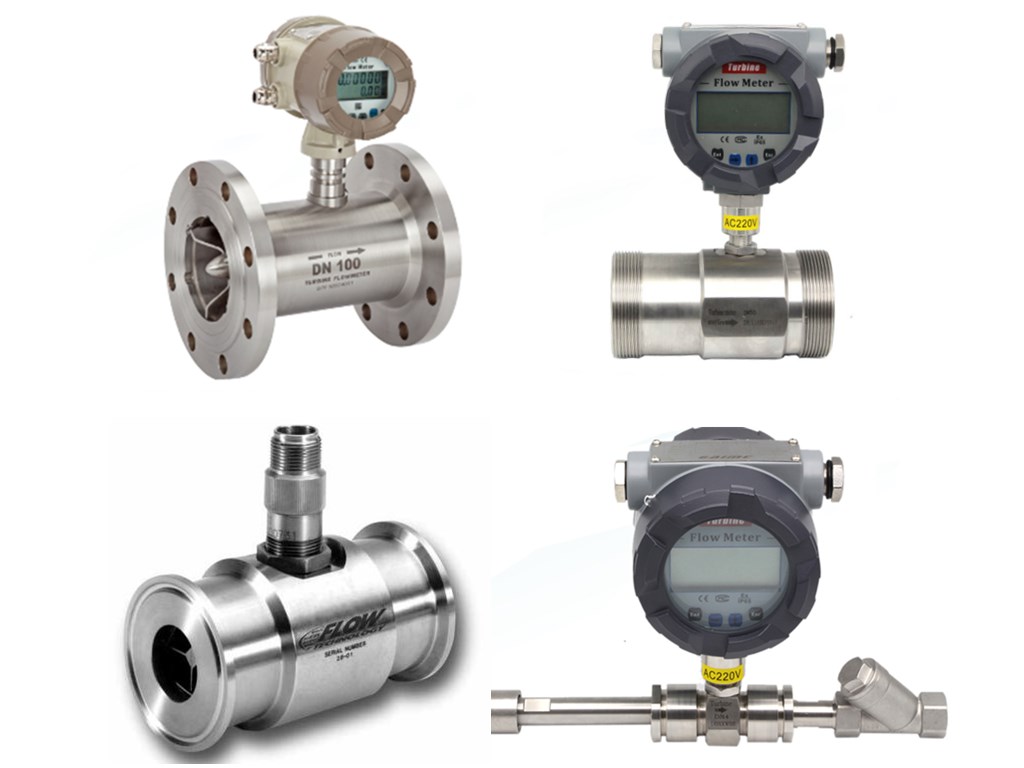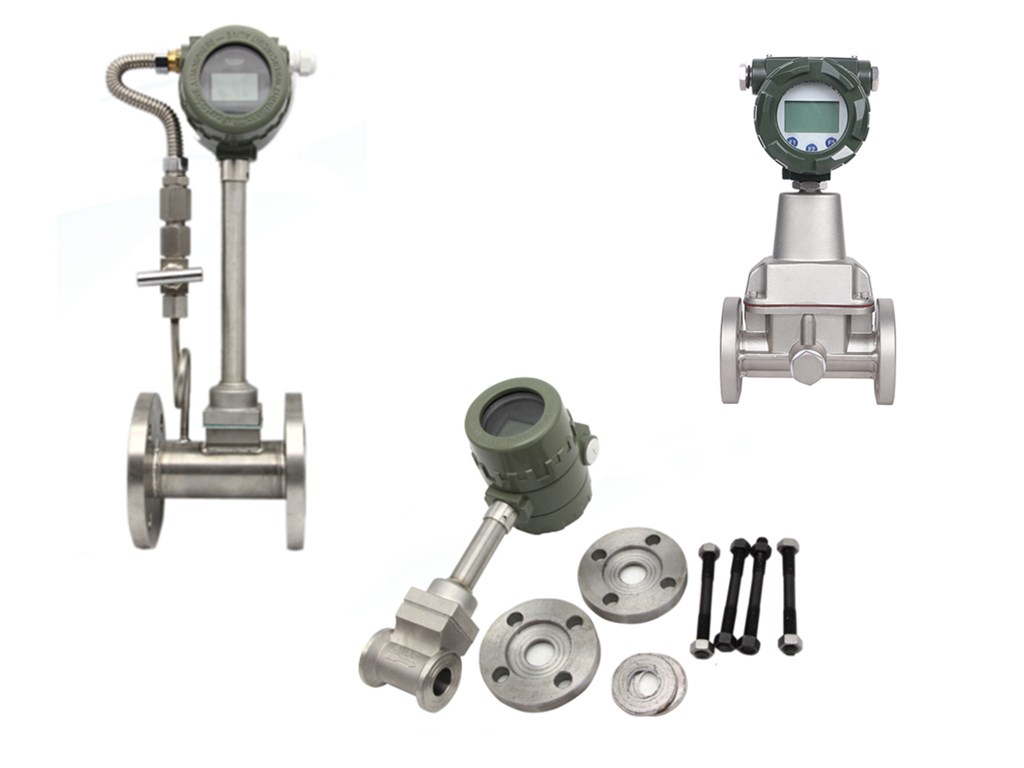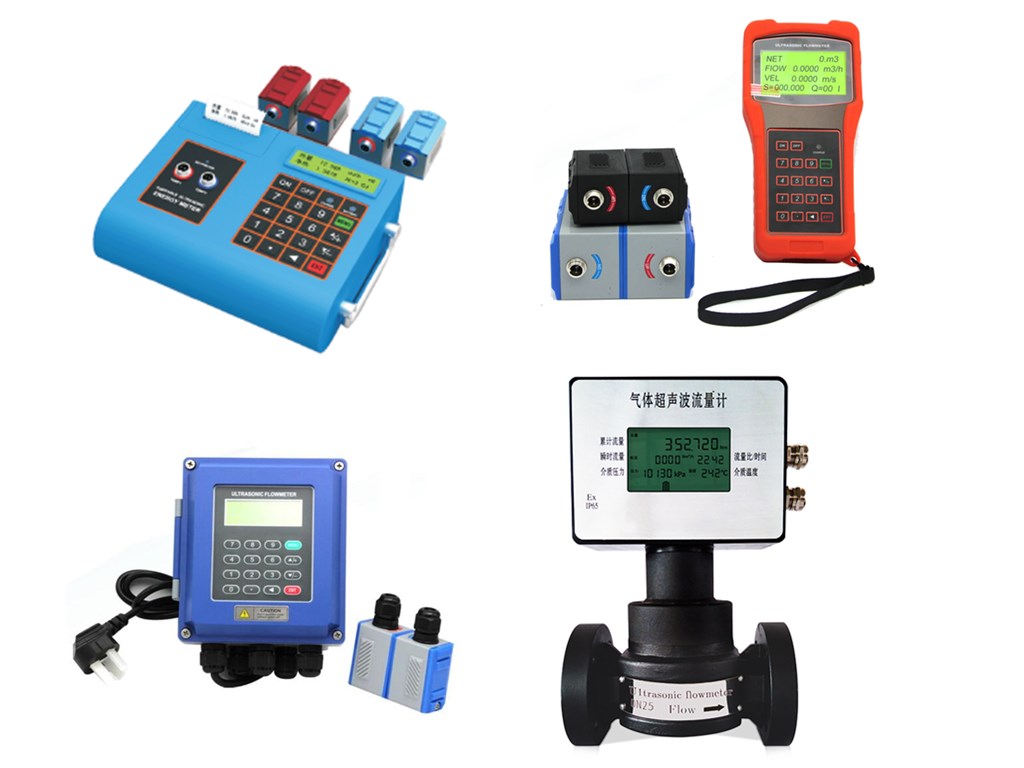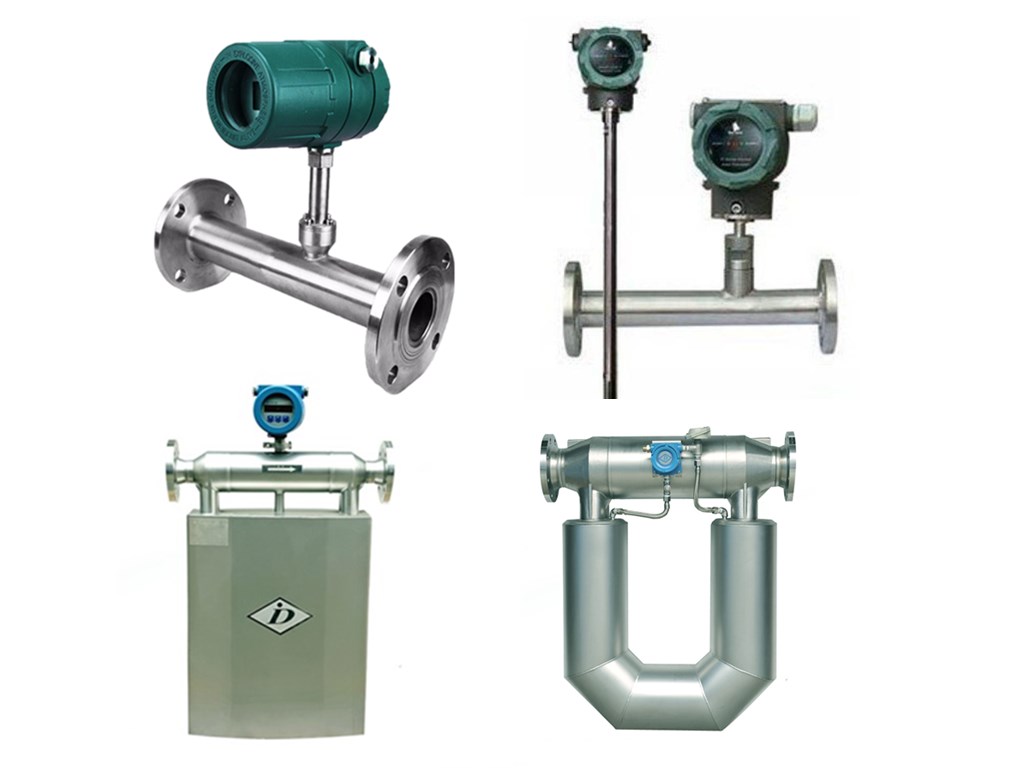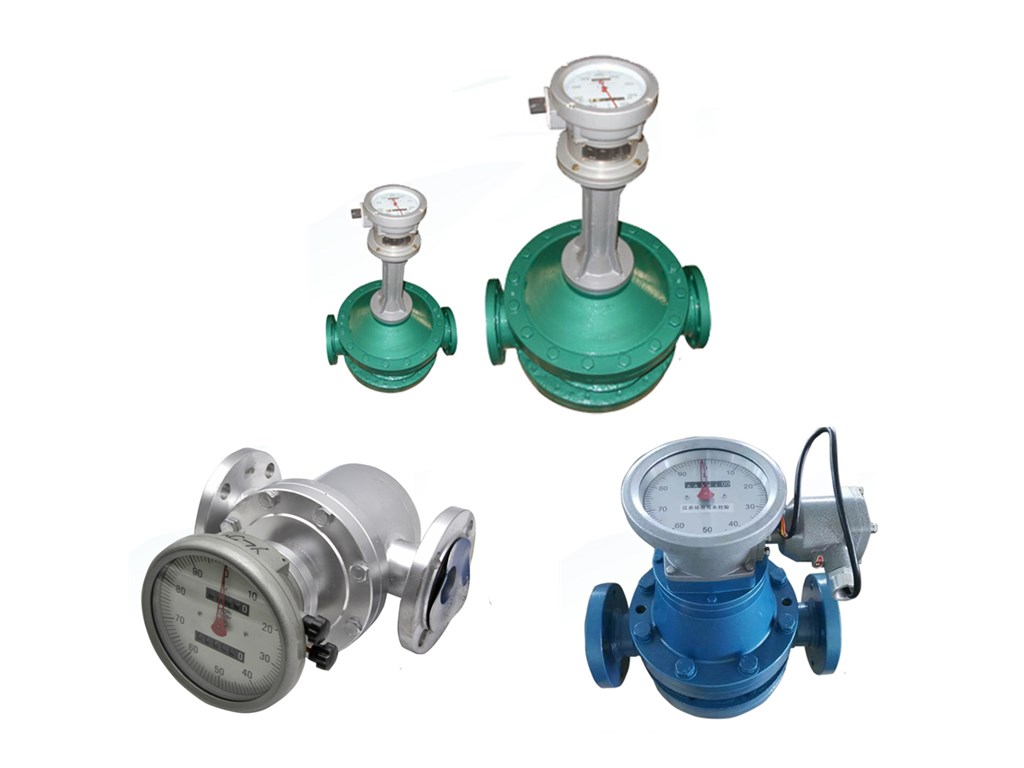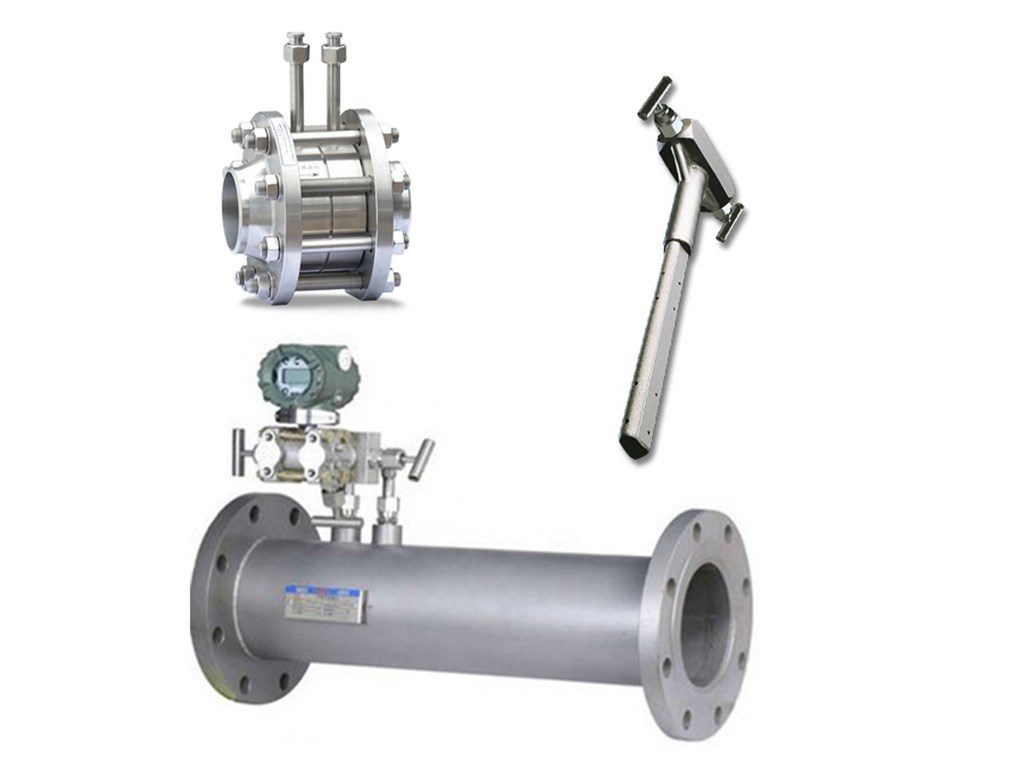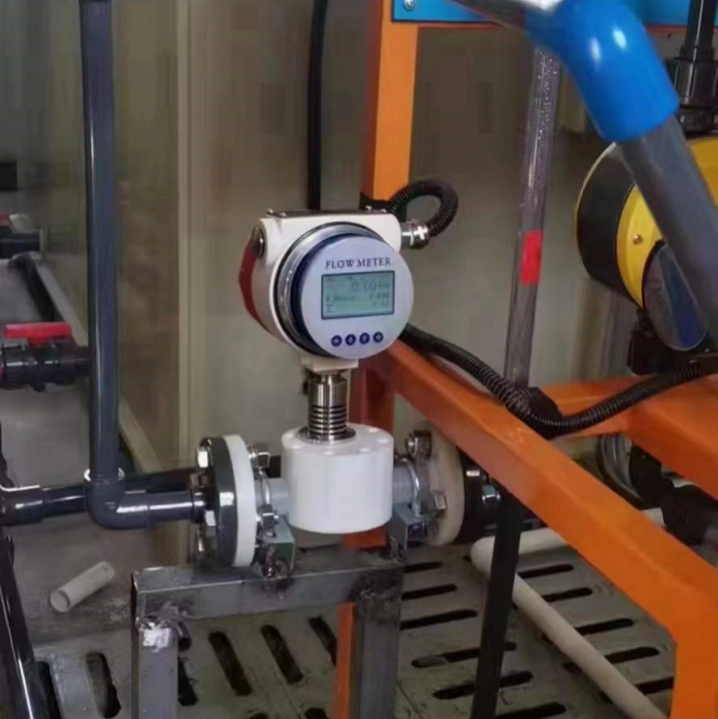
No matter what industry you are in, flow measurement of fluids should be important. May be gas, liquid, vapor, or solid powder. In transportation, trade, or industrial production processes, effective flow measurement can ensure that all work processes operate accurately, smoothly, and safely.
Let’s start by understanding what flow measurement is.
what is flow measurement
Flow measurement is the use of a flow meter to measure the volume or mass of fluid passing through a specific point over a given period of time. Fluids measured include liquids, gases, vapors or solid powders. Measuring liquid flow is necessary to control and check the quality of industrial processes.
What is a flow measurement device?
A flow measuring device is an instrument that can measure fluid flow (volume or mass of a given fluid) per unit time. Simply put, a flow measurement device is a flow meter.
Continuity of flow equation
The continuity equation in fluid dynamics is a fundamental principle that describes the transport of some quantity, like mass or energy, within a fluid system. The equation is based on the simple concept that the amount of fluid entering a system must equal the amount of fluid exiting the system, assuming there is no accumulation of fluid within the system.
Simply put, water flowing into one end of the pipe must flow out of the other end.
In mathematical terms, the continuity equation for fluid flow can be expressed as:
Flow=Velocity*Area
Here’s what each term represents:
- Flow: This is the flow rate, representing the quantity of fluid passing through a cross-section of a pipe or channel per unit time. Like cubic meters per second (m³/s) or gallons per minute (GPM).
- Velocity: This is the speed at which the fluid is moving in a certain direction.
- Area: This refers to the cross-sectional area of the pipe or channel through which the fluid is flowing.
The significance of the continuity equation in flow measurement is its ability to relate these three critical aspects.
For instance, if you know the area of a pipe and can measure the velocity of the fluid, you can calculate the flow rate. Similarly, if the flow rate and the area are known, you can determine the velocity of the fluid.
For example:
- The diameter of the pipe is 0.5 meters (m).
- The velocity of water flowing through the pipe is 3 meters per second (m/s).
Flow = Velocity × Area = 3 m/s × π × (0.5 m / 2 )² ≈ 0.588 cubic meters per second (m³/s).
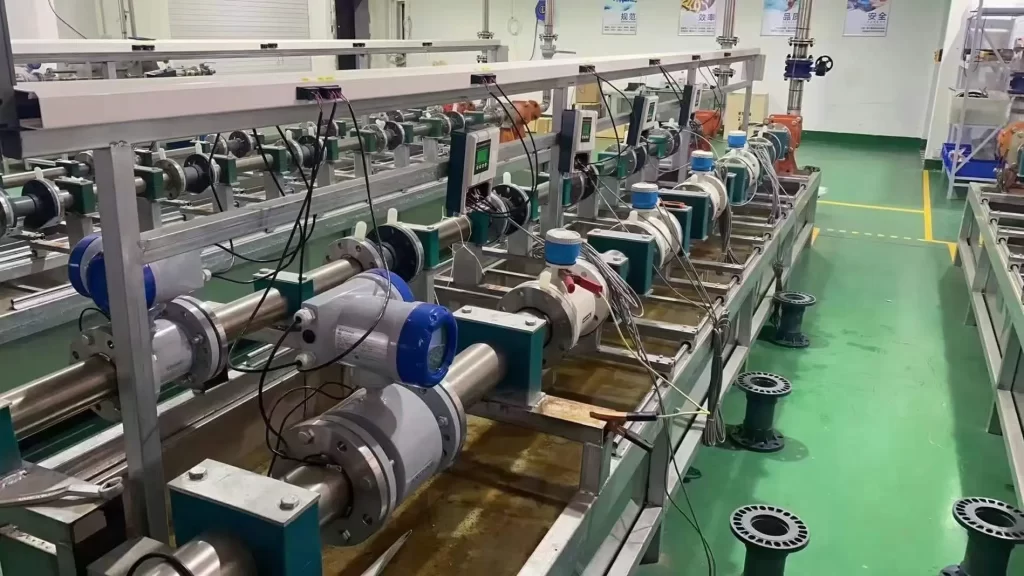
Common Flow Measurement Units
When measuring the flow of fluids, we generally classify the units into two categories: volumetric flow rate and mass flow rate.
Volumetric Flow Rate: This measures how much volume of fluid passes through a given point in a certain amount of time. Common units include:
- Cubic Meters per Second (cms): A metric unit, typically used for large volumes of flow, like in rivers or big pipes.
- Cubic Feet per Second (cfs): Used primarily in the United States for measuring large-scale flows, like in water treatment plants.
- Gallons per Minute (gpm): A unit familiar in the U.S., especially for smaller applications like household plumbing.
- Liters per Second (L/s): Another metric unit, versatile for various scales of flow, popular in many countries around the world.
| From / To | Cubic Meters per Second (cms) | Cubic Feet per Second (cfs) | Gallons per Minute (gpm) | Liters per Second (L/s) |
| cms | 1 cms | 35.3147 cfs | 15850.3 gpm | 1000 L/s |
| cfs | 0.028317 cms | 1 cfs | 448.831 gpm | 28.317 L/s |
| gpm | 0.00006309 cms | 0.002228 cfs | 1 gpm | 0.06309 L/s |
| L/s | 0.001 cms | 0.035315 cfs | 15.8503 gpm | 1 L/s |
Mass Flow Rate: This measures the mass of the fluid passing through a given point per unit of time. It’s like weighing the amount of a flowing substance, such as grains, that passes through a point. Common units include:
- Kilograms per Second (kg/s) or Kilograms per Hour (kg/h): These metric units are widely used in industries where the actual weight of the flowing material is crucial.
- Pounds per Hour (lb/h): Common in the U.S., particularly in industries like food processing and pharmaceuticals.
| From / To | Kilograms per Second (kg/s) | Kilograms per Hour (kg/h) | Pounds per Hour (lb/h) | Pounds per Second (lb/s) | Grams per Second (g/s) |
| kg/s | 1 kg/s | 3600 kg/h | 7936.64 lb/h | 2.20462 lb/s | 1000 g/s |
| kg/h | 0.00027778 kg/s | 1 kg/h | 2.20462 lb/h | 0.0006124 lb/s | 0.27778 g/s |
| lb/h | 0.00012598 kg/s | 0.453592 kg/h | 1 lb/h | 0.00027778 lb/s | 0.12598 g/s |
| lb/s | 0.453592 kg/s | 1632.93 kg/h | 3600 lb/h | 1 lb/s | 453.592 g/s |
| g/s | 0.001 kg/s | 3.6 kg/h | 7.93664 lb/h | 0.00220462 lb/s | 1 g/s |
Read more about: Mass Flow Rate and Volumetric Flow Rate: Key Differences and Conversion
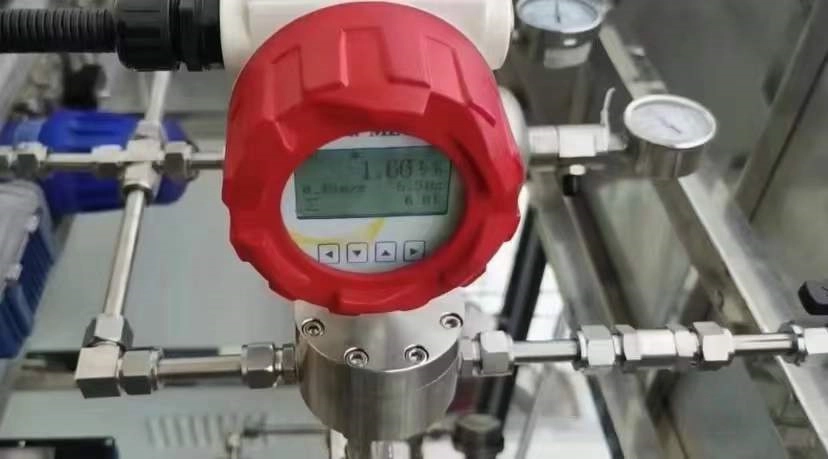
Flow Measurement Methods
Depending on whether the flow is in an open channel or a closed pipe, flow measurement methods can vary significantly.
Open channel flow measurement:
In open channels, fluids are exposed to the atmosphere, such as rivers, canals, and sewers.
Weirs and Flumes:
Principle: These structures alter flow in a controlled manner. The flow rate is determined based on the changes in water level caused by the structure.
Applications: Commonly found in environmental monitoring, irrigation systems and wastewater treatment plants.
Area Speedometer:
Principle: These meters combine water level (area) and velocity measurements to calculate flow.
Application: Suitable for different flow conditions and channels where weirs or flumes cannot be installed.
Ultrasonic Doppler:
Principle: A Doppler meter measures the frequency shift of an ultrasonic signal as it reflects off particles in a fluid, while a time-of-flight meter measures the propagation time of the signal.
Application: Used in channels and rivers where invasive methods are not feasible or where flow rates vary greatly.
Closed Pipe Flow Measurement Methods
In closed pipes, where the fluid flow is completely enclosed and usually under pressure, various methods are used to measure flow. These methods are critical in a wide range of industrial and utility applications:
Differential pressure flow meter (orifice plate, venturi tube, annubar, etc.):
Principle: They create a pressure drop across the constriction and determine the flow rate based on this pressure difference.
Application: Commonly used in liquid and gas measurement in different industries.
Electromagnetic Flowmeter:
Principle: These meters calculate flow by measuring the voltage produced when a conductive fluid passes through a magnetic field.
Applications: Ideal for water treatment and other applications involving conductive liquids. Electromagnetic flowmeters also have special models that can measure flow in partially full pipes.
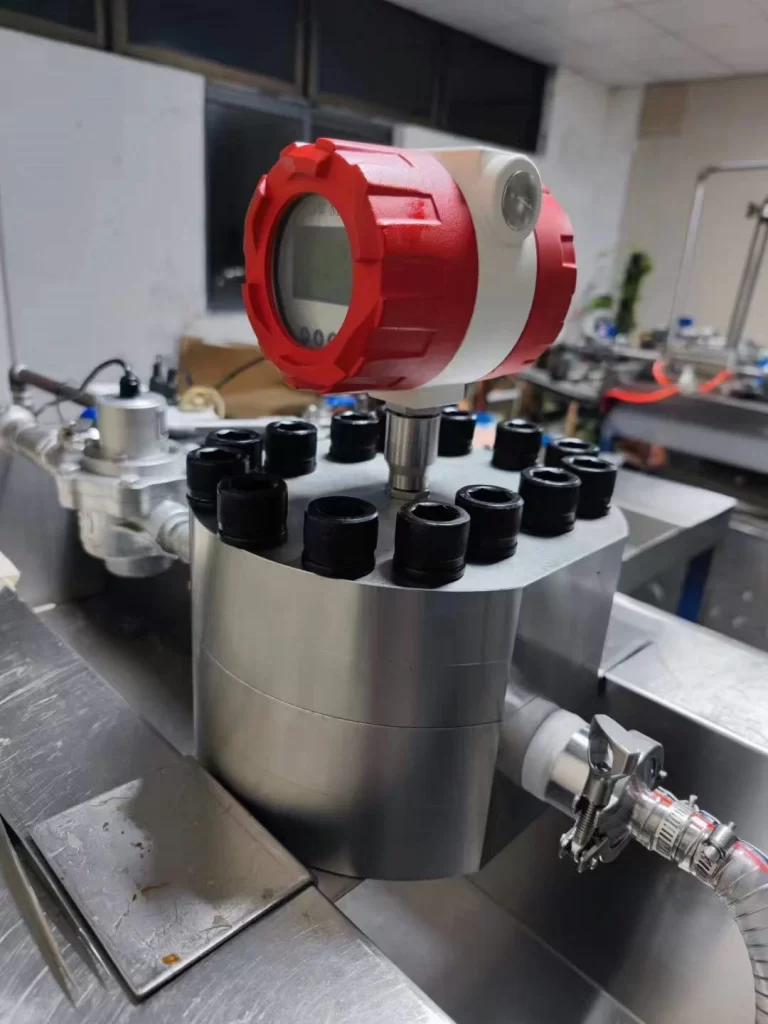
Coriolis mass flow meter:
Principle: Direct measurement of mass flow rate through vibration changes in a fluid-filled pipe.
Applications: Critical in the chemical processing, food and beverage industries.
Ultrasonic flow meter:
Principle: Measure the time difference between the downstream and countercurrent propagation of ultrasonic signals.
Application: Non-intrusive measurement for various industries.
Turbine flowmeter:
Principle: The turbine or propeller rotates at a speed proportional to the flow rate and converts this rotational speed into flow rate.
Applications: Commonly used in the water, petroleum and chemical industries for measuring low viscosity fluids.
Vortex flowmeter:
Principle: These instruments detect eddy currents created by a bluff body placed in a fluid. The frequency of vortex shedding is proportional to the flow rate.
Application: Suitable for flow measurement of steam, gas and low viscosity liquid. They are valued for their sturdiness and low maintenance requirements.
Positive displacement meter:
Principle: Flow is measured by capturing a fixed volume of fluid and counting the number of times that volume is filled and emptied.
Application: Ideal for accurate measurement of low flow and high viscosity fluids.
Featured Types of Flow Meters
There are various types of flow meters commonly used in industry, just like the types mentioned above. We Sino-Inst manufacture and supply.
FAQ
More Flow Measurement Solutions
- What Is Solvent Flow Meter? Industrial Selection Guide
- What Is a BTU Meter? | BTU Energy Measurement Systems
- Bidirectional Flow Meters | Electromagnetic, Ultrasonic, Mass and Porous Orifice Flowmeter
- Portable Ultrasonic Flowmeters | Best Price for Easiest Measurement
- Top Guide to CO2 Flow Meters
- How to Choose the Right Heating Oil Flow Meter for Your Business
- Top 3 Flow Meters for Oil
- Brewery Flow Meters for Beer and Wine | Electromagnetic and More
- What Is the Difference Between Mass Flow Meter and Magnetic Flow Meter?
- Target Flow Meter Advantages And Disadvantages and Featured Applications
- Magnetic Flow Meter Troubleshooting| Manufacturer’s Guide
- Ultra Low-Micro Liquid Flow Measurement
- High-Pressure Flow Meters
- Flowmeters for Cryogenic Fluids Flow Measurement
- High Viscosity Flow Meters
- Steam Flow Meters
- Natural Gas Flow Meter
- Sanitary Flow Meter
- Wastewater flow meter
- Water Flow Meter Types
The advancements in flow measurement technologies have opened up new horizons. Today’s instruments are more reliable, accurate, and adaptable than ever before, capable of handling diverse applications and challenging environments. Whether you’re dealing with liquids, gases, or solid powders, there’s a flow measurement solution that fits your needs.
We, Sino-Inst, are a professional flow meter manufacturer. We have more than 50 types of flow meters, which are widely used in various industries, including water treatment, oil trading, chemical production, etc.
Are you ready to enhance your operations with advanced flow measurement solutions? With our expertise and a wide range of state-of-the-art flow measurement tools, we can guide you in selecting the perfect solution for your specific needs.
-1.jpg)
